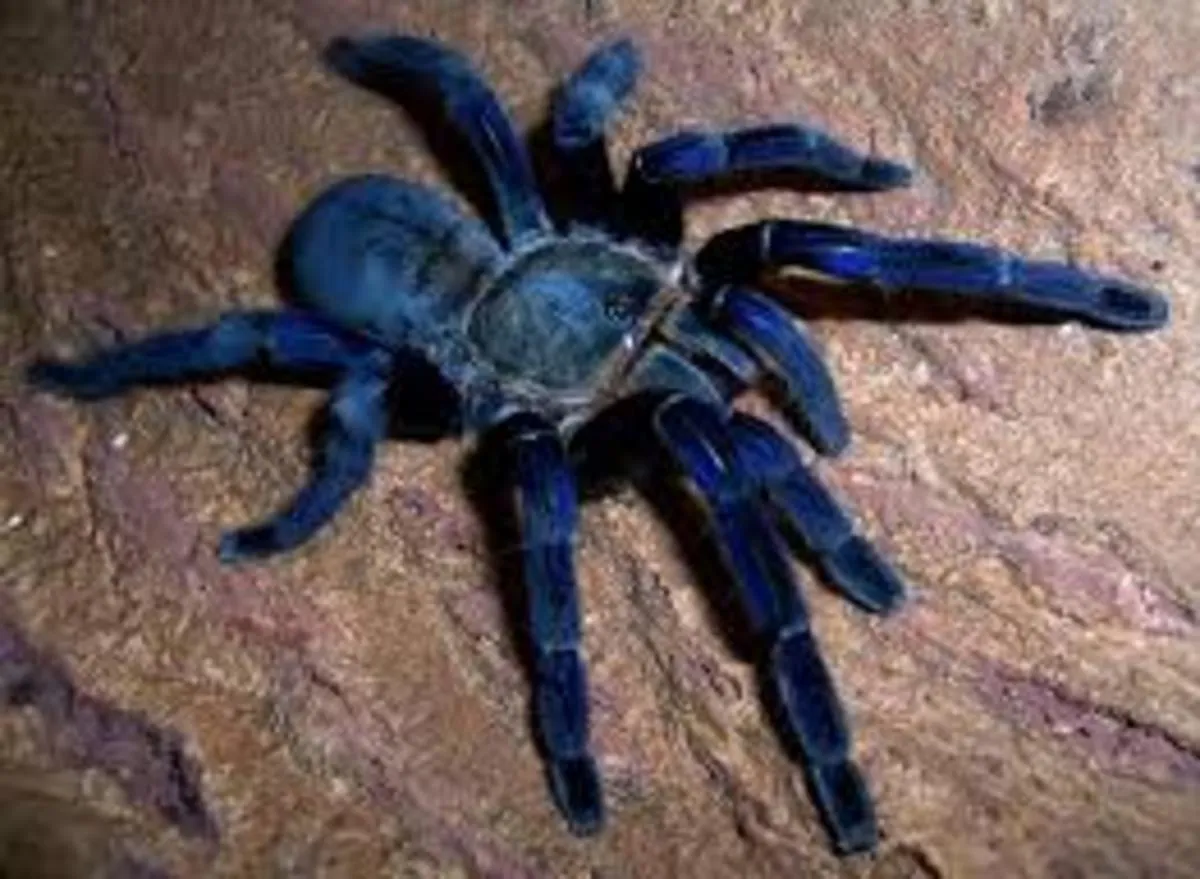What is the Blue Tarantula of Guyana
The Blue Tarantula of Guyana, scientifically known as Chromatopelma cyaneopubescens, is a vibrant and captivating species of tarantula native to the South American country of Guyana. Unlike many other tarantulas, which are often brown or black, the Blue Tarantula boasts a striking blue coloration, making it a highly sought-after species in the exotic pet trade. This striking color, combined with its relatively docile temperament, has made it a favorite among tarantula enthusiasts. Its existence in the wild is a testament to the unique biodiversity of Guyana’s rainforests, where it plays a vital role in the ecosystem. Understanding the Blue Tarantula begins with appreciating its specific habitat and the challenges it faces in the wild.
Where Does the Blue Tarantula Live?
The Blue Tarantula is endemic to the coastal regions of Guyana, specifically within the tropical rainforests. These areas are characterized by high humidity and consistent temperatures, creating an ideal environment for this species to thrive. The tarantulas are typically found in areas with a dense undergrowth, often near trees or amongst the leaf litter. Their habitat is crucial to their survival, offering both shelter and a consistent food supply. The distribution is relatively localized, making the conservation of their specific habitat essential for their long-term survival in the wild.
Blue Tarantula’s Habitat
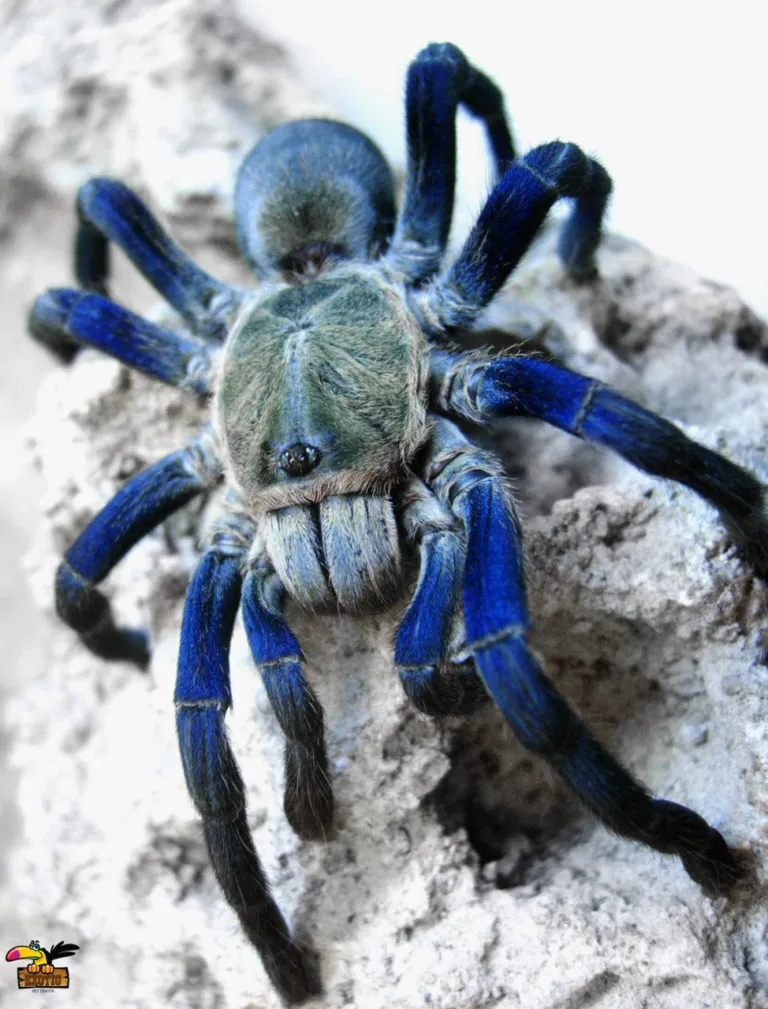
The Blue Tarantula’s habitat is characterized by a warm and humid environment, essential for their survival. The rainforest floor provides the perfect conditions, with leaf litter offering shelter and camouflage, while the nearby trees offer opportunities for climbing and constructing burrows. The humidity levels need to be consistently high to prevent dehydration, which is why they thrive in the rainforest. This specific habitat provides the tarantula with everything they need to survive, including a place to hunt and hide from predators. The protection of these environments is essential to protect the blue tarantula.
Guyana’s Climate Impact
The climate of Guyana, a key element in the Blue Tarantula’s survival, is consistently hot and humid throughout the year, with little seasonal variation. The high rainfall creates the moist conditions that these tarantulas require. Climate change poses a potential threat to this delicate balance, with shifts in rainfall patterns potentially impacting the tarantula’s habitat. Increased temperatures could also lead to dehydration, impacting the species. Protecting and studying these impacts is vital to ensuring this species’ survival in Guyana’s rainforests.
Blue Tarantula Physical Characteristics
The Blue Tarantula is known for its striking physical characteristics, setting it apart from many other tarantula species. They have a robust build, with females generally larger than males. Their bodies are covered in fine hairs, which aid in sensory perception and play a role in their defense mechanisms. The size and appearance of the Blue Tarantula contribute to its unique appeal and its ability to survive in its natural habitat. The colors are what sets them apart from other tarantulas, and is a key factor in why they are so well known.
Size and Appearance
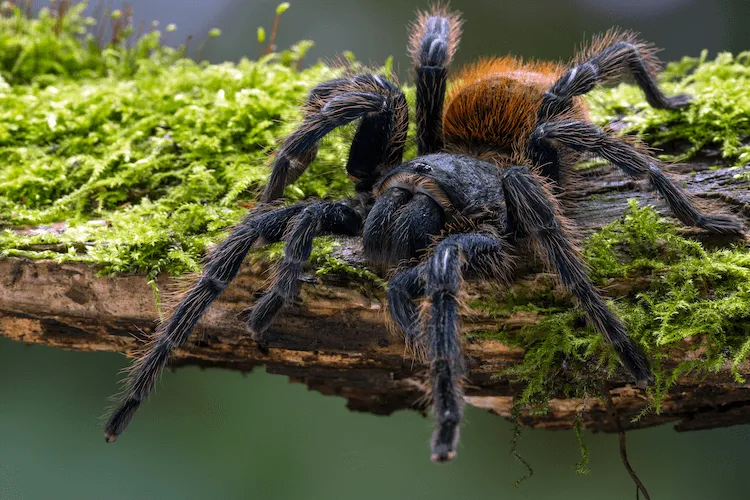
Adult female Blue Tarantulas can reach a leg span of up to 6 inches, while males are typically smaller. Their bodies are covered in a dense coat of urticating hairs, used for defense. They have eight legs, two pedipalps (used for manipulating food and sensing the environment), and two chelicerae (fangs) for injecting venom. Their overall appearance is one of robustness, which is suited to their lifestyle. The size and appearance of the Blue Tarantula are key aspects of its survival, allowing it to hunt prey and avoid predators.
Distinctive Blue Coloration
The most striking feature of the Blue Tarantula is its vibrant blue coloration, which varies in intensity depending on the individual and its stage of development. The carapace (the upper shell) often displays a metallic blue sheen, while the legs may have a more electric hue. This coloration is due to the presence of pigments within their exoskeleton, providing camouflage within its natural habitat. The blue coloration is a key factor in attracting attention to the species and a defining trait. The coloration is a hallmark of the species and has made it a popular choice for enthusiasts.
Blue Tarantula Behavior and Lifestyle
The Blue Tarantula is generally a terrestrial species, meaning it spends most of its time on the ground. They are known to be relatively docile, making them suitable for experienced tarantula keepers. They are nocturnal hunters, primarily active during the night, and they use their urticating hairs as a primary defense against predators. Their behavior is primarily dictated by their need to survive and thrive in their habitat. Their lifestyle is adapted to their environment, ensuring they are able to hunt, hide, and reproduce successfully.
Diet and Feeding Habits
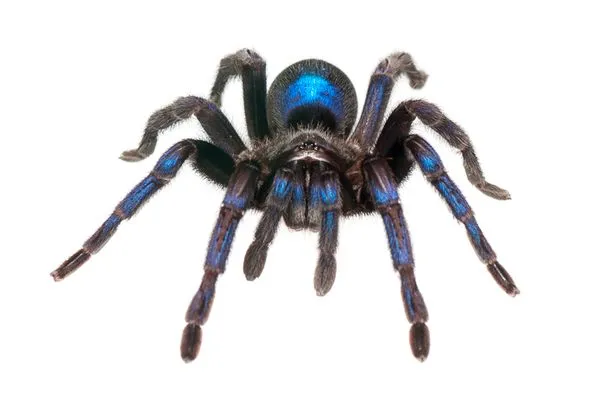
Blue Tarantulas are carnivores, primarily feeding on insects. In the wild, their diet consists of a variety of prey, including crickets, roaches, and other invertebrates found in their habitat. In captivity, they can be fed a similar diet, with appropriate supplementation to ensure optimal health. Their feeding habits are an essential aspect of their lifestyle, as they play a key role in the local ecosystem. The tarantulas wait for prey to pass and then attack with great speed and precision.
Predators and Defense Mechanisms
Blue Tarantulas have several defense mechanisms to protect themselves from predators. Their primary defense is the use of urticating hairs, which they flick off their abdomen when threatened. These hairs cause intense irritation to the skin and eyes of potential predators. In addition to these, their ability to hide in burrows and their cryptic coloration also provide camouflage. The tarantula uses various strategies to protect itself, which is vital for its survival. These defense mechanisms help to ensure the survival of the species by deterring predators.
Conservation Status and Threats
The Blue Tarantula faces several threats that can impact its population in the wild. These threats include habitat loss due to deforestation, the impact of the pet trade, and climate change. Understanding these threats is crucial for formulating conservation strategies to protect this species. Their conservation status needs careful consideration, due to the impact of human activities. Efforts to preserve this magnificent creature are important to ensure it does not go extinct.
Habitat Loss
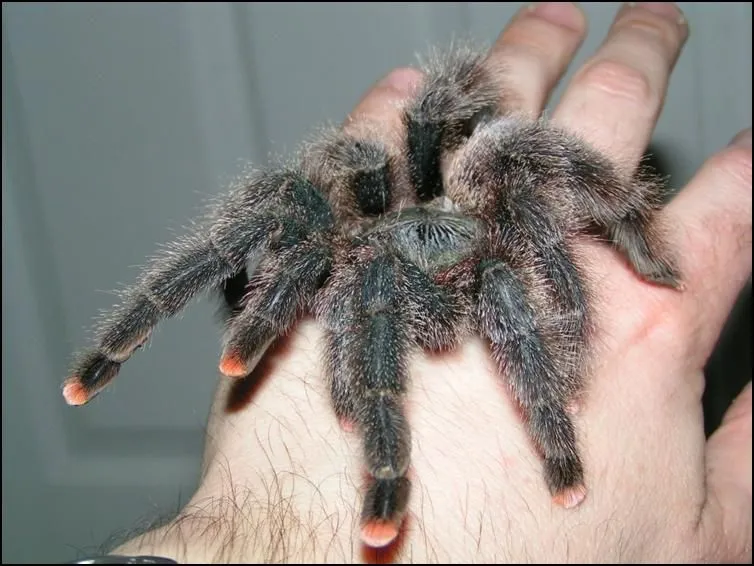
Deforestation and habitat destruction are significant threats to the Blue Tarantula. As human activities expand, their natural habitat is lost to agriculture, logging, and urbanization. This habitat loss reduces the area available for the tarantulas to live, hunt, and reproduce, which in turn leads to population decline. Addressing the threats of habitat loss requires implementing sustainable practices and protecting areas with high biodiversity. The survival of the Blue Tarantula hinges on the availability and health of its native habitat.
Pet Trade
The demand for Blue Tarantulas in the pet trade has also put pressure on wild populations. While captive breeding programs can help reduce the reliance on wild-caught specimens, unsustainable collection practices can lead to overexploitation. Regulating the pet trade and encouraging responsible breeding are crucial steps in mitigating this threat. Education and awareness among pet owners are essential to ensuring that the pet trade does not negatively impact the wild populations of this species. It is important to find a balance between conservation and pet keeping to protect the species.
How to Protect the Blue Tarantula
Protecting the Blue Tarantula requires a multifaceted approach that includes habitat preservation, sustainable practices, and responsible pet ownership. Supporting conservation efforts, promoting sustainable tourism, and contributing to research are all effective ways to contribute to the protection of this species. Furthermore, responsible pet ownership involves purchasing captive-bred tarantulas, providing proper care, and avoiding releasing non-native species into the wild. The goal is to ensure the long-term survival of this stunning species. By understanding these steps and the importance of conservation, we can all contribute to protecting the Blue Tarantula for future generations.
